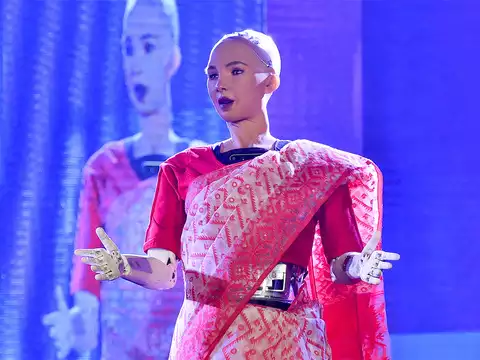The very first humanoid robot called WABOT-1 was developed by a team of people at Waseda University in Japan in 1973. The evolution of robots was going through a new transformation now-a-robot was made to look and function almost like a human being. WABOT-1 consisted of a head, torso, arms, and legs, and could walk, move its arms, and pick up objects with its hands.
While the other robotic creations of the time were sort of elementary in comparison, WABOT-1 could almost perform like a human: Motor abilities helped it navigate through obstacles undetected; it also listened and responded to simple verbal commands, making it one of a few that has, in a certain sense, interacted with humans. Developed in the infant days of robotics and controlled by an arsenal of motors combined with primitive seeds of artificial intelligence, WABOT-1, too, could operate rudimentarily on an independent level.
If seen in contrast to the present-day robots, WABOT-1 appears primitive, except that it was another base for future robot development, particularly in human robotics. This was a breakthrough for robots passing around walking and moving and behaving humanly; it nurtured more advanced and interactive designs of robots in the future. In the past few decades, AI semiconductor, sensor, and robotics technology has arrived at a stage that enables the birth of human-like machines, such as ASIMO from Honda and Sophia from Hanson Robotics, which perform much more complex acts (for example, voice recognition and facial expression).
In short, WABOT-1 was the first artificial representation of a mechanical beam of light for human-machine interaction in modern times.

Comments
Post a Comment